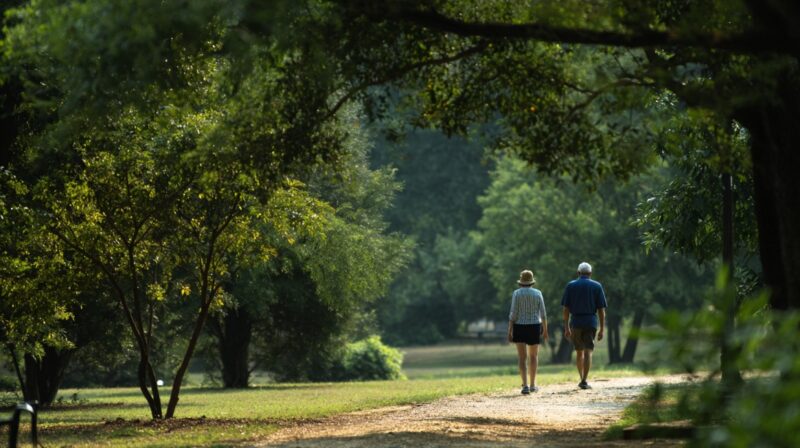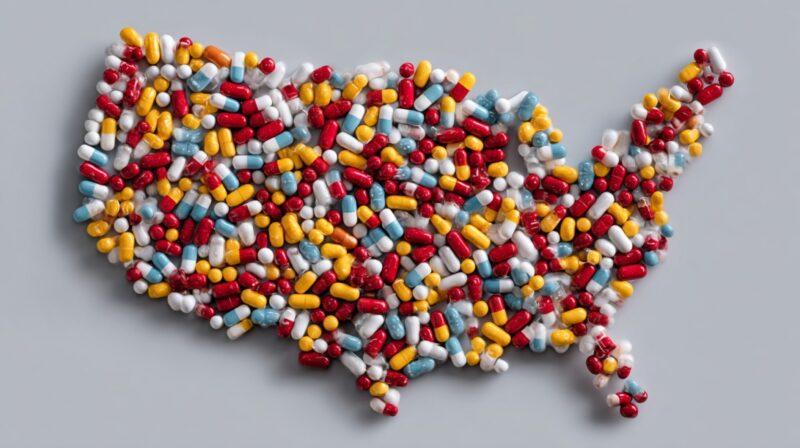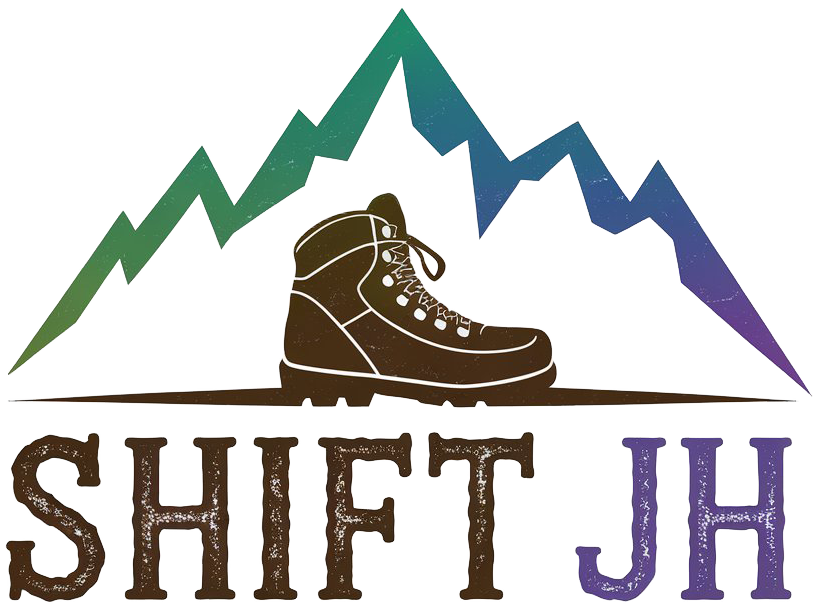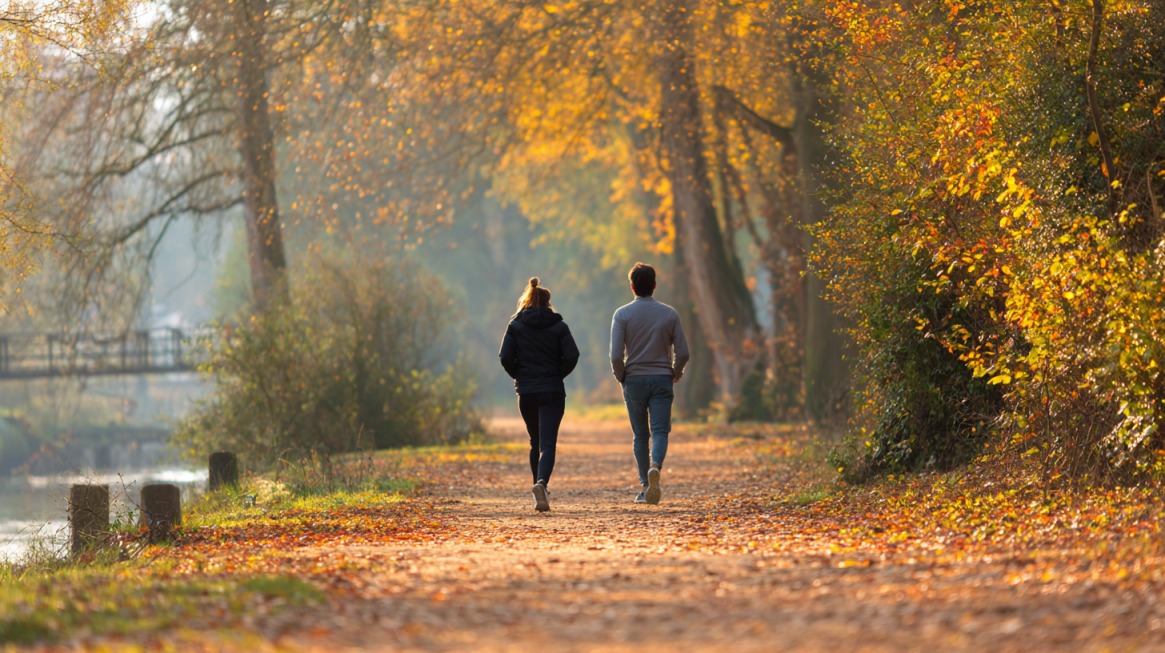There’s a growing trend in healthcare that doesn’t come in a bottle or require a co-pay. It starts with a simple question: What if your doctor prescribed you a walk in the park instead of a pill?
That’s not some feel-good Instagram quote. It’s the premise behind Park Rx programs, and they’re gaining serious ground across the United States.
From the Bay Area to D.C., healthcare providers are teaming up with park agencies to do something surprisingly radical: reconnect people with nature.
Not in a poetic way, more like in a structured, measurable, evidence-backed way that’s being baked into electronic health records and backed by real science.
Let’s take a closer look at how Park Rx programs started, what they actually do, how they’re working, and why they just might become part of your next annual check-up.
Key Highlights
- Doctors are prescribing park visits to improve physical and mental health.
- Park Rx programs now exist in 49 U.S. states.
- Nature prescriptions increase activity, reduce stress, and build community.
- Healthcare providers use real park databases to write tailored prescriptions.
Where It All Began
Back in the early 2010s, public health and park officials began looking at outdoor spaces differently. Instead of just seeing trails, trees, and playgrounds, they started seeing health infrastructure.
One of the earliest large-scale collaborations took shape in California’s Bay Area. The Healthy Parks Healthy People: Bay Area initiative in 2012 wasn’t just a catchy slogan-it was a serious push to connect clinics with green spaces, encouraging doctors to write actual prescriptions for park visits, even in winter, when it’s cold. Some parks capture the beauty of it.
Not long after, Dr. Robert Zarr in Washington, D.C., launched a pilot that would evolve into Park Rx America. He teamed up with the National Park Service, local health departments, nonprofits, and academic institutions to build a system for writing and tracking nature prescriptions.
By 2017, Park Rx America had grown into a full nonprofit organization, legally incorporated and on a mission to reduce chronic disease, boost well-being, and help people become better stewards of the environment, all through the simple act of going outside.
Why Parks?
Nature isn’t just “nice to have.” There’s a growing stack of peer-reviewed studies showing that time spent in parks is genuinely good for your body and your brain.

Physical Health
Spending time outdoors encourages movement. For people managing conditions like obesity, hypertension, or diabetes, a stroll in the park can be more than pleasant-it can be therapeutic.
According to the International Journal of Behavioral Nutrition and Physical Activity, participants in park prescription programs reported an extra 48.7 minutes of recreational physical activity per week and 147.5 more minutes per month spent in parks.
That’s a decent chunk of time when you consider how sedentary most people are. On the biological level, research shows that being outside can reduce blood pressure, lower resting heart rate, and even ease levels of cortisol, the stress hormone.
It all supports the 2008 federal guidelines recommending 150 minutes of moderate physical activity per week for adults.
Mental Health
Nature prescriptions have been shown to ease anxiety and depression. One case study spotlighted a patient with severe anxiety who responded better to prescribed daily walks than to medication alone, reporting improved sleep and mood within three weeks.
Harvard researchers have echoed these findings, pointing out that natural environments improve attention, creativity, and overall emotional balance.
Social and Environmental Impact
Getting people into parks doesn’t just help the individual. It builds community. Parents meet other parents, neighbors reconnect, and kids play together instead of staring at screens.
That’s why the National Wildlife Federation considers nature time essential to childhood development. On top of that, as people spend more time in public parks, they tend to develop a sense of ownership and responsibility for those spaces.
Park Rx programs are subtly turning patients into environmental advocates, which is a win on multiple fronts.
How It Works

Park Rx programs aren’t just feel-good recommendations scribbled on sticky notes. Most of them follow a structure, with collaboration and tech tools behind the scenes.
Step 1: Partnerships
Programs like Healthy Parks Healthy People: Bay Area and Park Rx America rely heavily on partnerships. Clinics work with city or regional park departments. Community groups help spread awareness.
Everyone plays a role in creating access and keeping it relevant to the local community. In Washington, D.C., federally qualified health centers collaborate with Park Rx America to integrate prescriptions directly into clinical visits.
Step 2: Writing the Prescription
Doctors and nurse practitioners register on ParkRxAmerica.org, giving them access to a massive searchable database of more than 10,000 parks around the world.
Of those, over 8,000 are “prescribable” based on safety, accessibility, and amenities.
- Place: Rock Creek Park
- Activity: 30-minute walk
- Frequency: 3 times per week
- Duration: 1 month to start
Some patients also receive a printed “park calendar” with ideas for self-led activities.
Step 3: Follow-Up and Support
To make sure the plan sticks, some clinics offer follow-up calls or even organize group visits. One example is Walk with a Doc, where healthcare providers lead community walks to keep people active and socially engaged.
Toolkits from groups like the Institute at the Golden Gate help clinics get started, complete with meeting templates, training videos, and sample workflows.
Step 4: Healthcare Integration
This part is crucial. For Park Rx to scale nationally, it needs to become part of routine care-not just an optional suggestion. In D.C., Unity Health Care has started embedding Park Rx tools directly into their electronic health records (EHRs).
The goal is to make prescribing nature just as easy as prescribing a statin or recommending a lab test.
Does It Work? What the Numbers Say

The early data looks good, though more long-term studies are underway.
D.C. Park Rx Trial
A five-year randomized controlled trial in D.C. is tracking 500 youth aged 6 to 16.
Researchers are comparing outcomes like BMI, cholesterol, stress levels, and mental health markers between kids receiving park prescriptions and those getting standard care.
While the full results aren’t out yet, expectations are high.
Singapore Study
A separate study out of Singapore mirrors the D.C. effort. According to BioMed Central, over six months, 160 adults were divided into two groups.
- 147.5 more minutes per month spent in parks
- 48.7 more minutes of recreational activity per week
- A 4-point boost in psychological quality of life
Moderate-to-vigorous activity didn’t go up much, but the mental and lifestyle improvements were measurable.
Park Rx America
- Over 1,000 health professionals in 49 states signed up
- More than 3,500 park prescriptions were issued
- Over 2,300 individual park visits were tracked
- 1,300+ different parks were prescribed
Those numbers don’t just show growth-they show reach, diversity, and the real-world practicality of nature prescriptions.
The Role of the National Park Service
The National Park Service (NPS) has gone all-in on the Park Rx model. Through its Healthy Parks, Healthy People initiative, the NPS backs dozens of programs across 429 parks.
ParkRx Day, celebrated every April 20, is one way they amplify the message. Ranger-led walks, free entry days, and online events all help spread awareness.
The NPS also sponsors visual campaigns like #NatureDoseBeforeAndAfter, which invites people to share their personal health stories tied to time in nature. It’s not just marketing-it’s advocacy with heart.
Not Without Challenges

Park Rx is promising, but it’s not without roadblocks.
Awareness and Access
Many people still don’t realize that nature can be a formal part of their treatment plan. And even if they do, safe and accessible parks aren’t always available, especially in urban or underserved neighborhoods.
Healthcare System Hurdles
Doctors are busy. Most barely have time to talk through medication, let alone explain a nature prescription. HIPAA also adds red tape, since providers need consent to follow up on lifestyle-based prescriptions.
Funding and Evidence
While small studies look encouraging, large-scale, peer-reviewed data is still limited. More research will help unlock public funding, insurance support, and broader integration into healthcare.
What’s Next?

So, where do Park Rx programs go from here?
Tech Integration
More clinics are starting to embed park databases directly into electronic health records, making it easier to prescribe and track nature-based treatments.
Public Health Partnerships
Expect to see more collaboration between Park Rx and local health departments. If city planners and clinic directors can align efforts, access to parks will improve in underserved areas.
Media & Awareness
From ABC News’ Earth Day segment in 2024 to grassroots campaigns in schools and libraries, Park Rx is becoming part of the public conversation. That kind of awareness can nudge policy change and community investment.
Research
Ongoing trials in the U.S. and abroad will continue to shape best practices. As more data becomes available, programs can better target their interventions and measure long-term impact.
Final Thoughts
Park Rx isn’t just a trend. It’s a quiet revolution in how we think about health, space, and the relationship between the two.
What started as a few doctors with a clipboard and a hunch has turned into a national network with the potential to reshape preventive care.
Instead of another pill, maybe all some patients need is a shaded path, a few quiet minutes, and a reason to return tomorrow. The science is catching up. The infrastructure is growing.
And for many, the prescription is already working.

